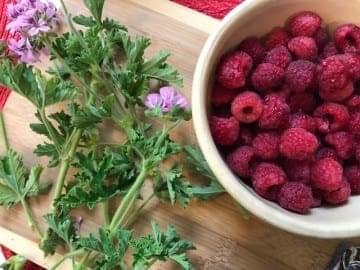Passionflower (Passiflora incarnata) is an herb commonly used for its anxiolytic (anxiety/panic reducing) effects.
Read this article and all of our other Herbal Nerd Society Content.
Become a Member Today. Join Us Here. | Already a Member just log in here.







